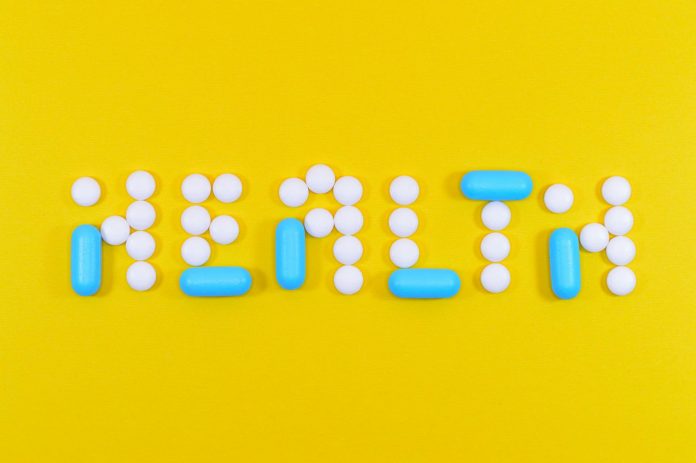Modern medicine has significantly improved human health, extending life expectancy and managing diseases that were once fatal. However, these advancements come with unintended consequences.
While medications and treatments save lives, they also impact personal health and the environment. Issues such as pharmaceutical waste, industrial pollution, antibiotic resistance, and unexpected medication side effects raise concerns that demand attention.
This article explores how medical advancements, while beneficial, contribute to environmental degradation and unforeseen health risks.
Pharmaceutical Waste Contaminating Water Sources

Pharmaceuticals enter water systems through improper disposal, human excretion, and industrial waste. Many individuals discard expired medications by flushing them down the toilet or throwing them in the trash.
Additionally, drugs pass through the body unmetabolized, entering wastewater systems through urine and feces. Wastewater treatment plants are not designed to filter out all pharmaceutical compounds, leading to contamination of lakes, rivers, and drinking water.
Even more, traces of antibiotics, antidepressants, and painkillers were found in surface water sources. According to the EPA, fish and aquatic creatures are especially vulnerable to pharmaceutical contamination. Most pharmaceuticals haven’t been fully studied for long-term environmental effects, but some cause mortality, physiological changes, and reproductive harm in ecosystems.
A study in MDPI concludes that the presence of pharmaceuticals in water significantly affects aquatic ecosystems (hydrobiology). While the immediate effects seem limited to aquatic life, resistant microorganisms can emerge, bypassing natural food chains and potentially affecting humans.
To mitigate this issue, government agencies and environmental organizations are implementing stricter regulations on drug disposal. The Drug Enforcement Administration (DEA) has expanded drug take-back day, allowing consumers to safely return unused medications.
This initiative helps people safely dispose of unneeded medications to prevent misuse and opioid addiction. It reflects the DEA’s commitment to protecting communities by reducing the risk of substance abuse.
Overuse of Medications and Side Effects

The widespread use of prescription drugs has led to increased resistance among bacteria, posing a severe threat to public health. Overprescription of antibiotics is a primary driver of this crisis. It allows bacteria to evolve and develop resistance to treatments that once effectively eradicated infections.
The CDC reports that antibiotic resistance is a serious global public health problem. In the U.S., over 2.8 million infections caused by antimicrobial-resistant germs occur every year. The CDC is worried about the rise of new resistance types and the increase in resistant infections outside hospitals. Community-spread infections make it harder to track, contain, and control AR, threatening public health progress.
Similarly, while modern medications offer life-saving benefits, some come with severe, unexpected side effects. Patients often rely on prescription drugs without fully understanding their long-term impact. One such example is Suboxone, a medication designed to treat opioid addiction.
TruLaw highlights that the FDA found 305 dental injury incidents linked to Suboxone. Around 37% of patients taking the drug experienced multiple instances of tooth damage, and 23.3% needed tooth extraction. Despite its effectiveness in opioid recovery, Suboxone’s impact on oral health has sparked legal action from affected individuals.
Patients experiencing dental damage from Suboxone have pursued legal claims against the manufacturers. The Suboxone lawsuit argues that they were not adequately warned about the risks.
Legal experts emphasize the need for pharmaceutical companies to provide transparent information regarding side effects. Beyond Suboxone, many commonly prescribed medications carry hidden risks.
Long-term use of pain relievers, antidepressants, and statins can lead to liver damage, gastrointestinal issues, and metabolic disturbances. The lack of awareness surrounding these effects underscores the importance of patient education and medical transparency.
The Environmental Cost of Drug Manufacturing

Pharmaceutical production requires significant amounts of water, energy, and raw materials. TechTarget highlights that the industry produces 52 megatons of CO₂ annually. This is equivalent to emissions from 11 million cars per year. Manufacturing facilities release hazardous byproducts into the air and water, contributing to global pollution.
To address this issue, some pharmaceutical companies are investing in sustainable production methods. Green chemistry, which minimizes hazardous substances in drug development, is gaining traction.
News Medical highlights that green chemistry aims to prevent pollution by reducing waste and eliminating toxic reagents and solvents. Pharmaceutical companies benefit financially and legally from adopting green chemistry due to lower costs and fewer regulatory burdens.
Biodegradable packaging, reduced water usage, and renewable energy adoption are also being explored to lower the industry’s environmental footprint. Consumers can support sustainable healthcare by choosing companies that prioritize eco-friendly practices.
FAQs
How does modern medicine affect human evolution?
Modern medicine alters human evolution by reducing natural selection pressures. It enables individuals with genetic disorders or weaker immunity to survive and reproduce, passing on traits that might have been naturally eliminated. Over time, this influences the genetic makeup of future generations, shaping human evolution.
What affects the quality of medicines?
The quality of medicines is affected by raw material purity, manufacturing standards, storage conditions, regulatory compliance, and supply chain integrity. Poor-quality drugs can result from contamination, incorrect formulations, or substandard ingredients, impacting safety, efficacy, and patient health outcomes.
How has modern medicine influenced disease prevention and control?
Modern medicine has revolutionized disease prevention and control through vaccines, antibiotics, early diagnostics, and public health measures. It reduces infection rates, mitigates outbreaks, and enhances treatment effectiveness, significantly lowering mortality and improving global health outcomes.
Modern medicine has undeniably improved lives, but its effects on health and the environment cannot be ignored. These issues require urgent attention from individuals, healthcare providers, and policymakers.
Individuals can mitigate these risks by adopting responsible healthcare practices. Safe medication disposal, sustainable pharmaceutical choices, and informed decision-making are essential steps toward minimizing harm. Increased transparency in the medical industry will empower patients to take control of their health while advocating for environmentally conscious healthcare solutions.











